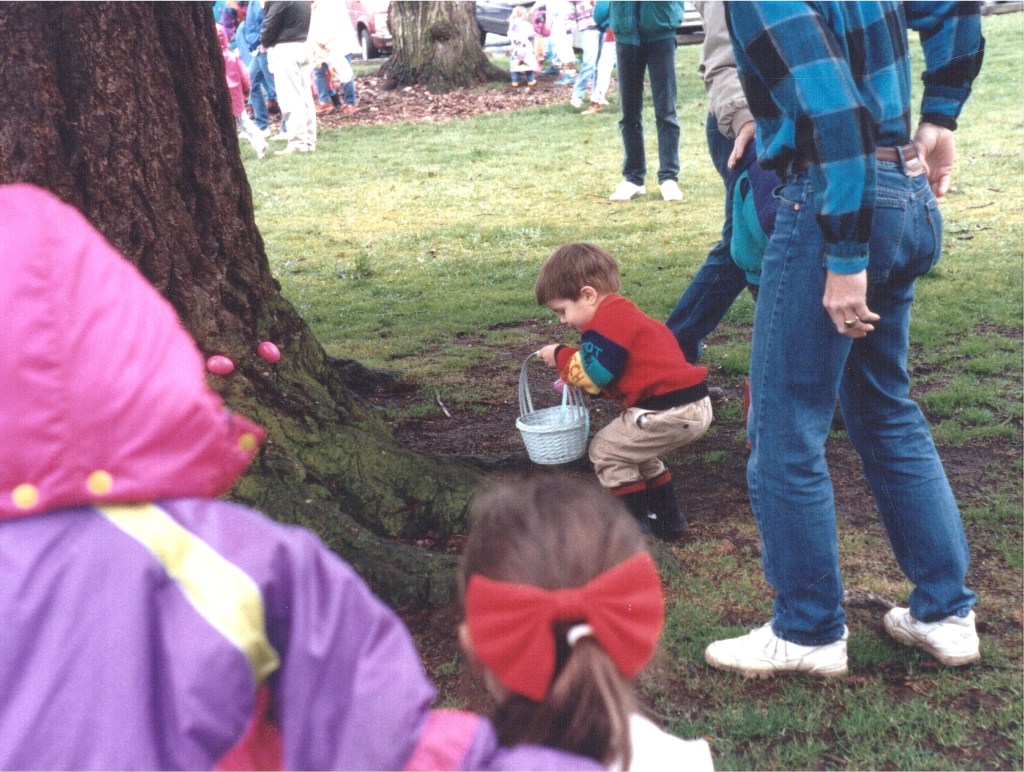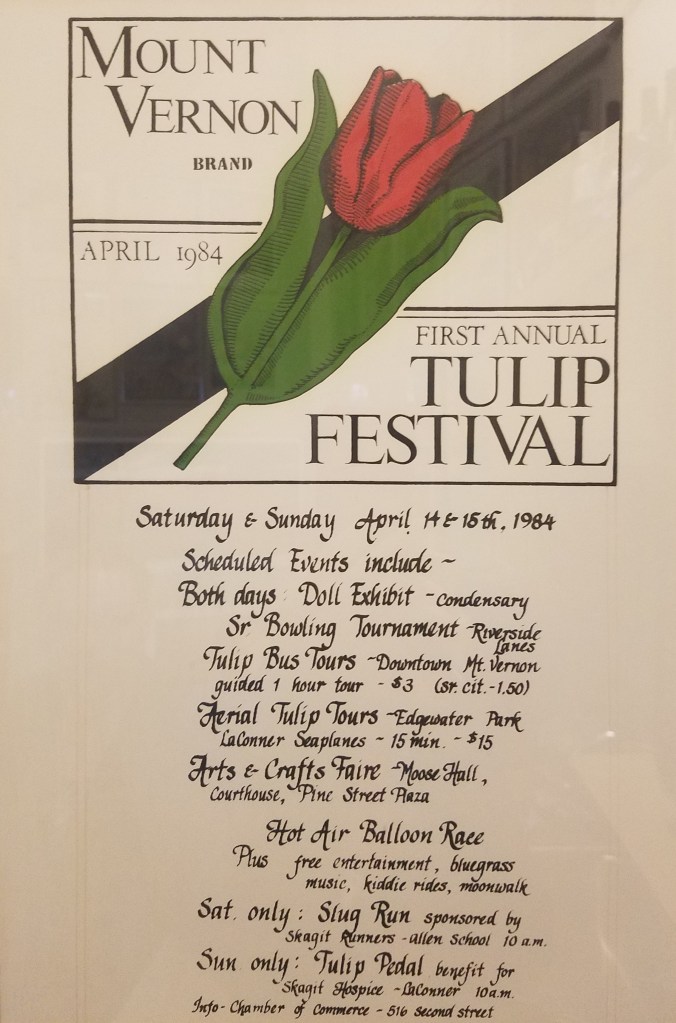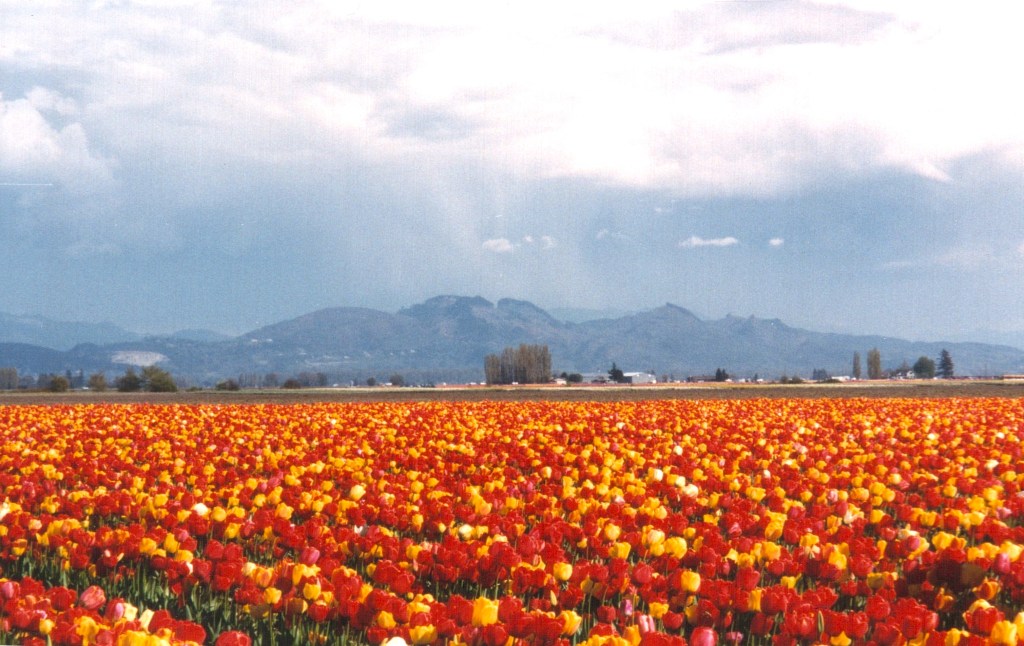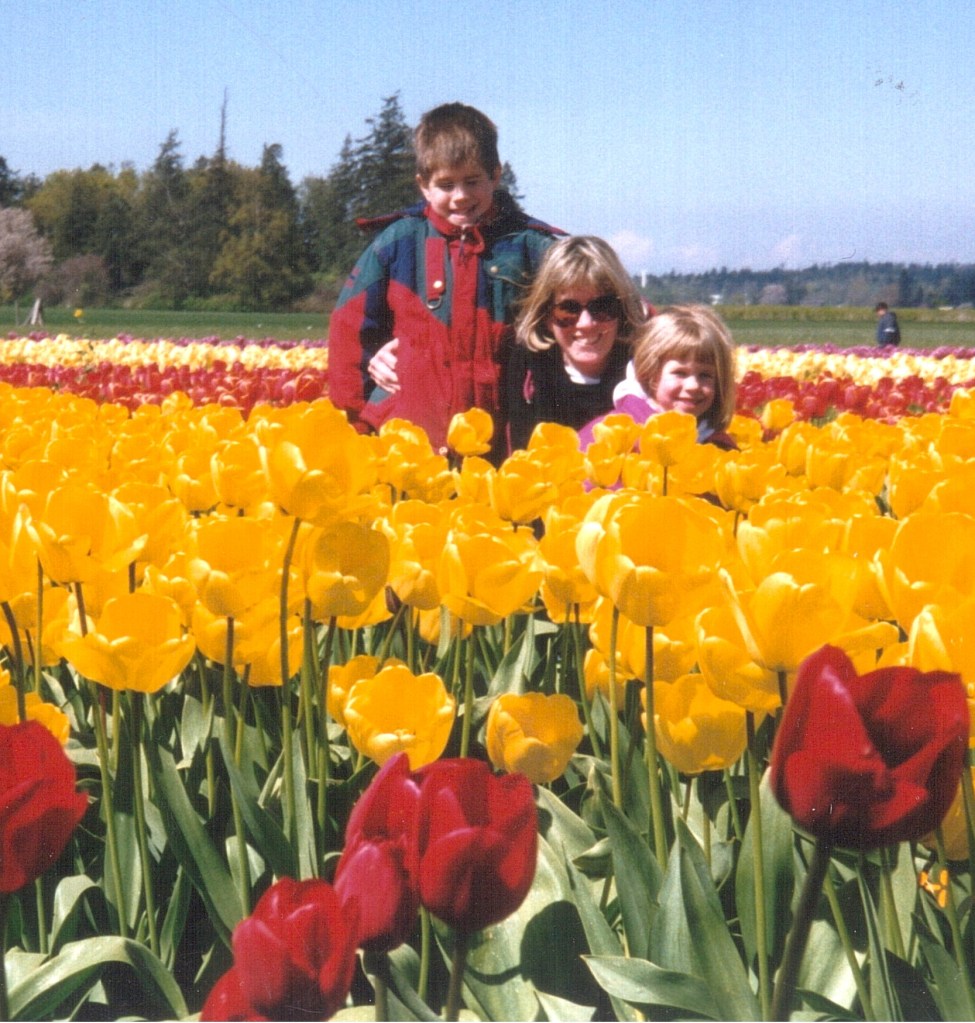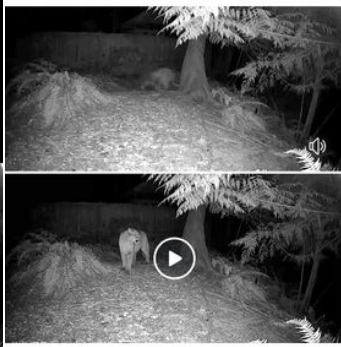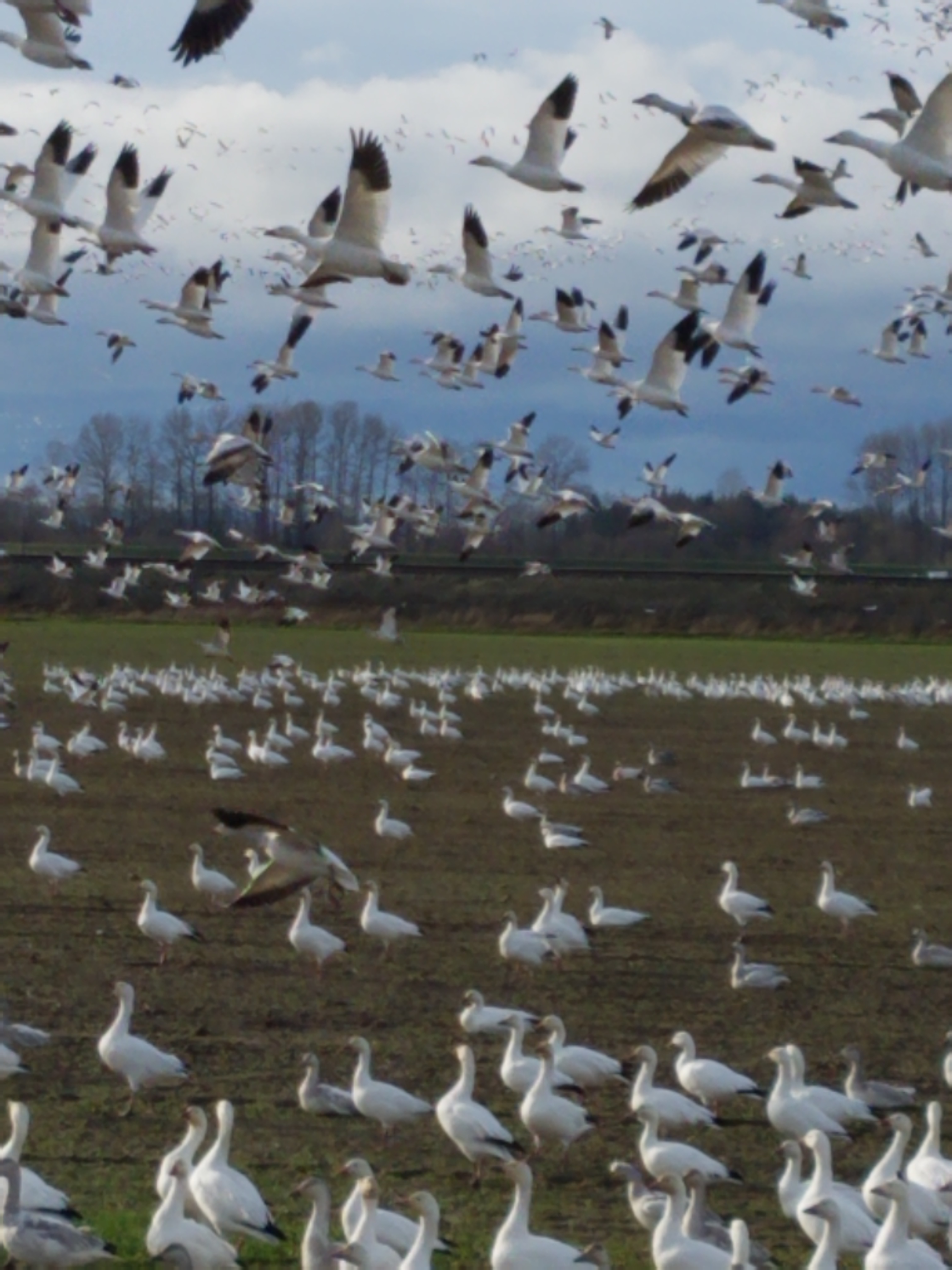A once in a lifetime show
May 14, 2024

Known as the Carrington Event, the solar storm of September 1-2, 1859, was the first time scientists had connected a solar flare with the appearance of the aurora borealis.
Two British astronomers, Richard Carrington and Richard Hodgson, independently witnessed the huge September 1st solar flare through telescopes and Carrington, after whom the Carrington Event is named, sketched his observations.
Astronomers everywhere were, no doubt, excited by this discovery.
From the Infallible Wikipedia:
“The geomagnetic storm is thought to have been initiated by a major CME (Coronal Mass Ejection) that traveled directly toward Earth, taking 17.6 hours to make the 150-million-kilometre (93-million-mile) journey. Typical CMEs take several days to arrive at Earth, but it is believed that the relatively high speed of this CME was made possible by a prior CME, perhaps the cause of the large aurora event on 29 August that ‘cleared the way’ of ambient solar wind plasma for the Carrington Event.
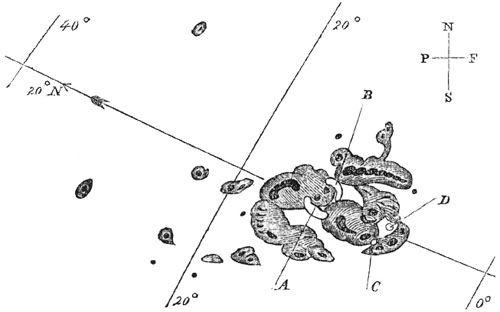
Just before noon on 1 September 1859, the English amateur astronomers Richard Christopher Carrington and Richard Hodgson independently recorded the earliest observations of a solar flare. Carrington and Hodgson compiled independent reports which were published side by side in Monthly Notices of the Royal Astronomical Society and exhibited their drawings of the event at the November 1859 meeting of the Royal Astronomical Society.
Because of a geomagnetic solar flare effect (a ‘magnetic crochet’) observed in the Kew Observatory magnetometer record by Scottish physicist Balfour Stewart, and a geomagnetic storm observed the following day, Carrington suspected a solar-terrestrial connection. Worldwide reports of the effects of the geomagnetic storm of 1859 were compiled and published by American mathematician Elias Loomis, which support the observations of Carrington and Stewart.”
Up until Friday, May 10, 2024, there had only been ten additional northern light displays which were of a magnitude similar to the 1859 Carrington event. The Infallible Wikipedia continues:
“Another strong solar storm occurred in February 1872. Less severe storms also occurred in 1921 (this was comparable by some measures), 1938, 1941, 1958, 1959 and 1960, when widespread radio disruption was reported. The flares and CMEs of the August 1972 solar storms were similar to the Carrington event in size and magnitude, however unlike the 1859 storms, they did not cause an extreme geomagnetic storm. The March 1989 geomagnetic storm knocked out power across large sections of Quebec, while the 2003 Halloween solar storms registered the most powerful solar explosions ever recorded. On 23 July 2012, a “Carrington-class” solar superstorm (solar flare, CME, solar electromagnetic pulse) was observed, but its trajectory narrowly missed Earth. The May 2024 solar storms are the most recent historic geomagnetic storms, with auroras being sighted as far south as Puerto Rico.”
I cannot recall when, exactly, I first learned that there was such a thing as the Northern Lights. What I do know is that I’ve had a long simmering desire to see them ‘just once’ during my lifetime.

On a trip to Fairbanks, Alaska, in March 2017, I thought for sure that dream would come true. Alas, it did not. There have been other times when there was a possibility but, despite staying up and attempting to see them from time to time, it never happened.
That was true until this past Friday when the weather and solar winds finally aligned.
As a geek who loves anything to do with sciency stuff like stars, eclipses, equinoxes, solstices, snow storms, and windstorms, I’ve covered all of the above in the pages of my Tuesday Newsday blog over the past eight years.
The dancing lights of the Aurora Borealis eluded me but not for lack of paying attention. For years – at least 15 or 20 – I have used Spaceweather.com to follow what’s going on out past this large sphere on which we live.
In the middle of last week, I became aware of a giant sunspot which erupted in several consecutive explosions, hurling CME’s directly at earth. It was, it turned out, the moment I had waited years to occur.
A little before 10 p.m. on May 10th, I checked the Spaceweather.com site and the reports had already begun claiming that people in Florida(!) were seeing the auroras. Even though I had to be up at 5:30 the next morning this was, I was certain, that ‘once in a lifetime’ event.
I am fortunate to live an hour-plus north of the Seattle Metro area and there are dark places not far from my home. I knew where I would go and the hubby and I drove the half mile to the top of Eaglemont Drive in search of the perfect viewing spot.
When we arrived, there was no one else about so we parked next to the golf course driving range and I got out of the car. At first it seemed as if nothing was happening.
Contrary to popular belief, it does NOT rain on the westside of the Cascade mountains every day. May 10th, it turned out, was clear, sunny, and nearly 80 degrees. A truly perfect day in my opinion.
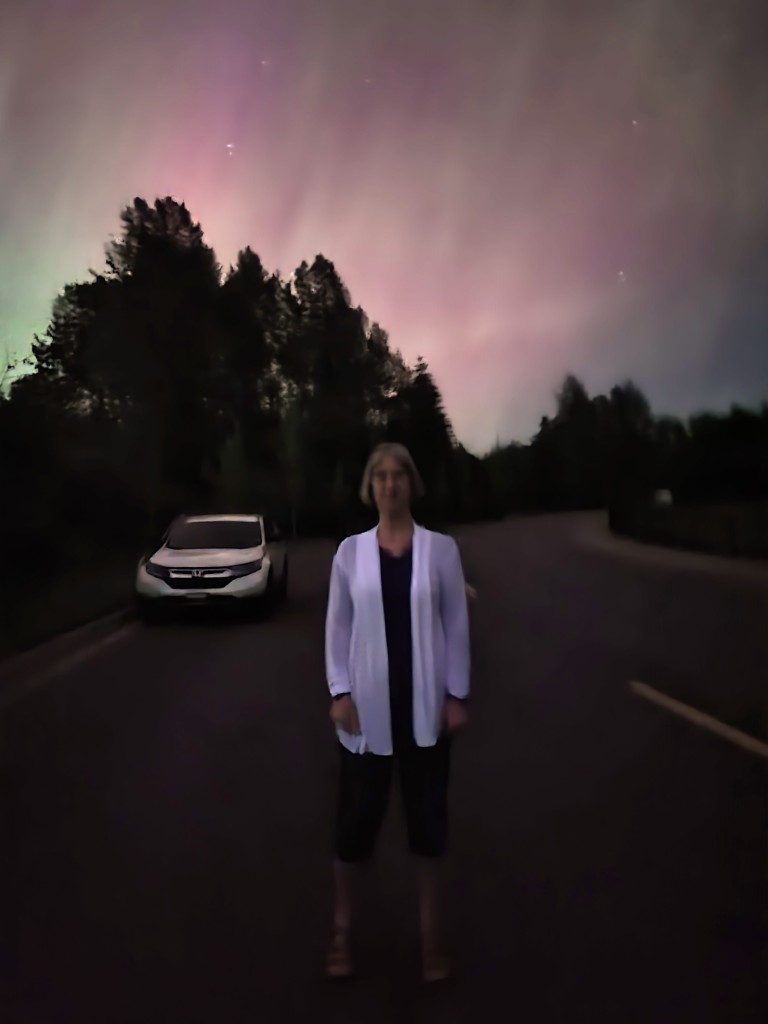
By ten, of course, the sun had been set for an hour and twenty minutes, so it was dark. Even so, as I looked up I noticed what appeared to be wispy clouds streaking the sky in ribbons from the northeast to the southeast. Since it had been a cloudless day, I wondered, ‘could those clouds be be the solar stream?’
As we looked toward the northeast the sky at the tree line seemed to brighten a bit. My heart quickened. No longer in doubt, I was – finally – seeing the aurora borealis.
It was 10:07 p.m. when I turned on the video on my phone and it captured an almost ghost like apparition of the solar stream as it bounced and danced. At that point the plasma was only gray. A couple minutes later I videoed again and faint pinks and greens now appeared.
Others, having the same idea as me, had started to arrive. Some cars drove past and then, not seeing anything spectacular, would turn and leave. Most parked down by the currently closed clubhouse (as the golf course is up for sale) and we could hear people talking. Around 10:35 another couple pulled up and parked close by and we shared what we knew with them.
The wife said that someone told her to take photos in night mode and that the extra exposure time would bring out the colors. So I did.
If there had been any question before, the photo I got at 10:39 dispelled all doubt that we were witnessing the northern lights.
At 10:45 there was a change in the intensity. As I looked directly overhead there now appeared to be a ‘cross’ in the sky and it was faintly pink, even to the naked eye. The wispy streaks expanded and filled the sky from the middle of the ‘cross’ and then from the eastern horizon to the west and the north to the south.
https://youtube.com/shorts/K-0cowAqjTA?feature=share
All the streams seemed to be converging into that one spot, forming a dome over where we stood. Then, at 10:53 pm, the sky overhead exploded into red and green with bright white sheets of light cascading down on all sides. Every inch of sky was bathed in the glow.
It was impossible to capture all of it on video – nor did I want to. Up until that moment I understood the science… but to experience it as a living human being is quite different. Tears pricked at the back of my eyes and I raised my arms towards the heavens and at what looked like an angel whose head was red and green and whose arms and body were draped with great white, shimmering wings, cast down to embrace me, its whole being surrounding me.
I stood there, enraptured, until the lights began to fade, forever changed by the experience, certain that the science behind the Aurora Borealis will never be able to adequately describe being immersed in it. And if I never see them again, I think that’s okay as I will forever hold the memory of the night I was touched by an angel.

https://en.wikipedia.org/wiki/Carrington_Event
https://en.wikipedia.org/wiki/May_2024_solar_storms
A second video link from that night:



